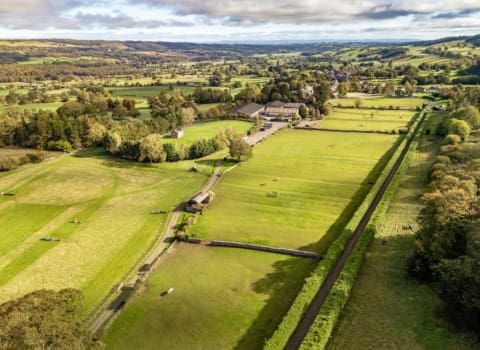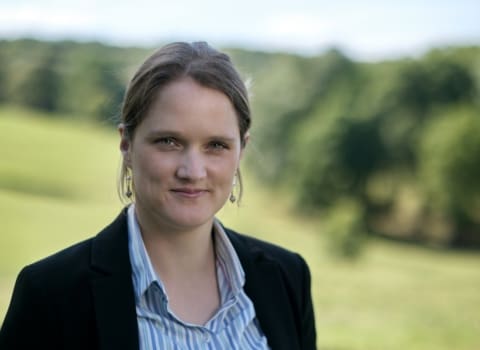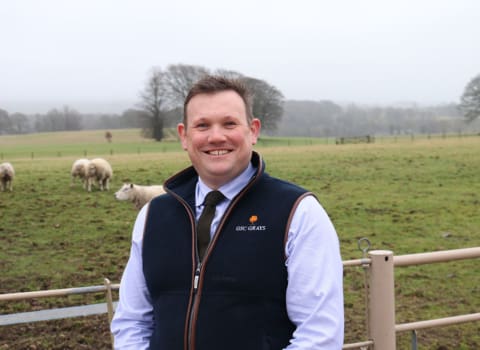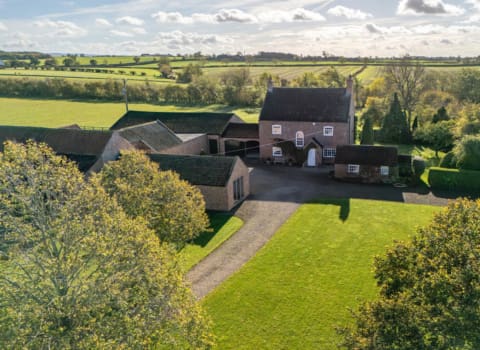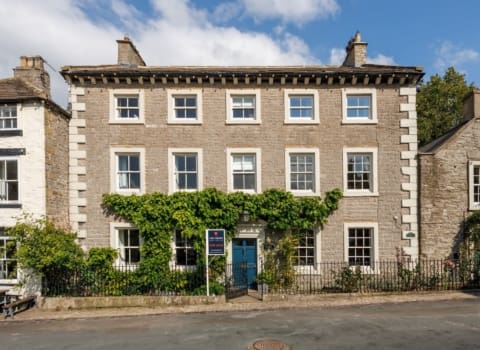Contact our offices
Main office
COLBURN
5 & 6 BAILEY COURT
COLBURN BUSINESS PARK
RICHMOND
NORTH YORKSHIRE
DL9 4QL
Estate Agency Offices are located in
BARNARD CASTLE, BOROUGHBRIDGE & RICHMOND
Residential Management Team
Our Offices
- Alnwick
01665 568310
Email Officealnwick@gscgrays.co.uk - Barnard Castle
01833 637000
Email Officebarnardcastle@gscgrays.co.uk - Boroughbridge
01423 590500
Email Officeboroughbridge@gscgrays.co.uk - Chester-Le-Street
0191 3039540
Email Officechester-le-street@gscgrays.co.uk - Colburn
01748 897630
Email Officecolburn@gscgrays.co.uk - Driffield
01377 337180
Email Officedriffield@gscgrays.co.uk - Hamsterley
01388 487000
Email Officehamsterley@gscgrays.co.uk - Hexham
01434 611565
Email Officehexham@gscgrays.co.uk - Kirkby Lonsdale
01524 880320
Email Officekirkbylonsdale@gscgrays.co.uk - Penrith
01768 597005
Email Officepenrith@gscgrays.co.uk
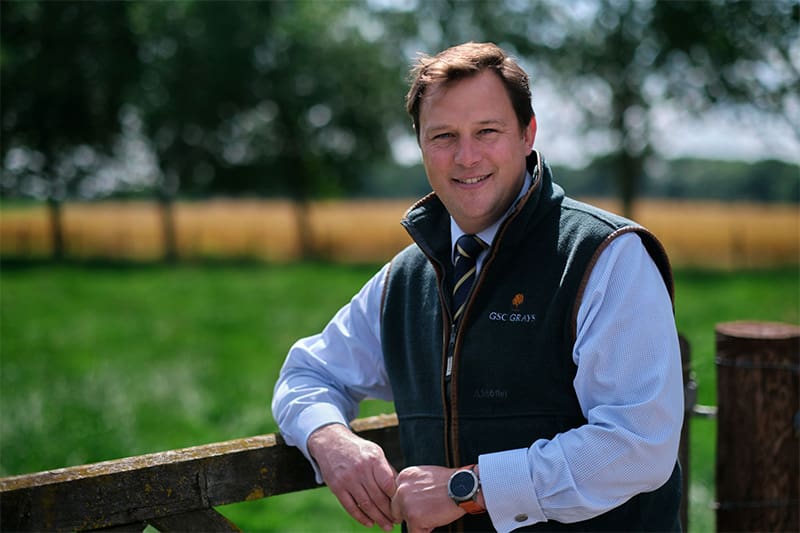
Creating Rural Business Centres is key to the future of English farms and estates
As traditional agriculture faces mounting economic and environmental pressures, farms and estates across England are on the brink of a significant evolution.
With Basic Payment Scheme (BPS) support declining and Environmental Land Management Schemes (ELMS) offering less predictable income, rural businesses must innovate or risk obsolescence. The emerging model is that of the “multifunctional rural enterprise”—an entity that generates value in many ways from its land base, property, human capital and community ties.
To remain both sustainable and profitable, farms and estates must transform from singularly focused operations into diverse rural business centres. These new entities will need to integrate food production with environmental services, leisure activities, commercial ventures and other diversified income streams.
This convergence of purpose will not only help future-proof rural businesses but also ensure they can thrive in a rapidly changing regulatory and market environment.
Historically, these businesses have operated with different scales and strategic focuses, but as economic viability becomes more challenging, the distinction between them is fading. Standalone farms, often family run, typically concentrate on efficient food production, while estates have had broader remits encompassing leisure, heritage and real estate.
However, rural businesses that succeed in the future will be those that adopt a blended model, combining food production with other ventures such as renewable energy, tourism and leisure, commercial property lets and environmental schemes like biodiversity net gain and carbon credits.
These are not optional add-ons but will be vital income pillars in a post-subsidy era.
The convergence of farms and estates into diversified business centres is also being driven by tax reform, specifically changes to Agricultural Property Relief (APR) and Business Property Relief (BPR). These changes are placing greater focus on creating profitable “trading” businesses to support the ability to pay taxes and cover Life Insurance.
As a result, rural landowners must ensure their businesses are both profitable and have clearly defined commercial objectives. A robust business plan is no longer a nice-to-have; it is a necessity. The plans must show not just how income is generated, but how each enterprise contributes to the overall sustainability and growth of the business.
This means asking hard questions such as: which assets are underutilised? What is the true cost of maintaining legacy operations that no longer deliver returns? Where could collaboration with neighbours, tenants or local communities unlock new potential? What is the long-term plan for succession, investment and financial resilience?
Landowners will increasingly need to take an entrepreneurial mindset, developing projects with the same rigour as any commercial venture, understanding market demands, customer needs and regulatory barriers.
In many cases, professional restructuring will be needed to bring farm and estate businesses in line with these new demands.
Whatever the strategy, the focus must shift from preserving legacy models to building businesses that are agile and responsive to external change. The tax landscape, the policy agenda and the market for natural capital are all shifting quickly and rural businesses must keep pace.
With the English countryside poised for a period of transformation, those who resist change risk becoming economically and structurally obsolete while those who embrace a business-minded, diversified and environmentally responsible model, will create significant opportunity.
The farms and estates of the future will not be defined by their past labels, but by their ability to adapt and thrive as integrated rural business centres, producing not just food but also clean air, carbon storage, recreation, community space and local enterprise.
If rural England is to remain viable, its businesses must evolve as must the services we provide and the approach we adopt.



